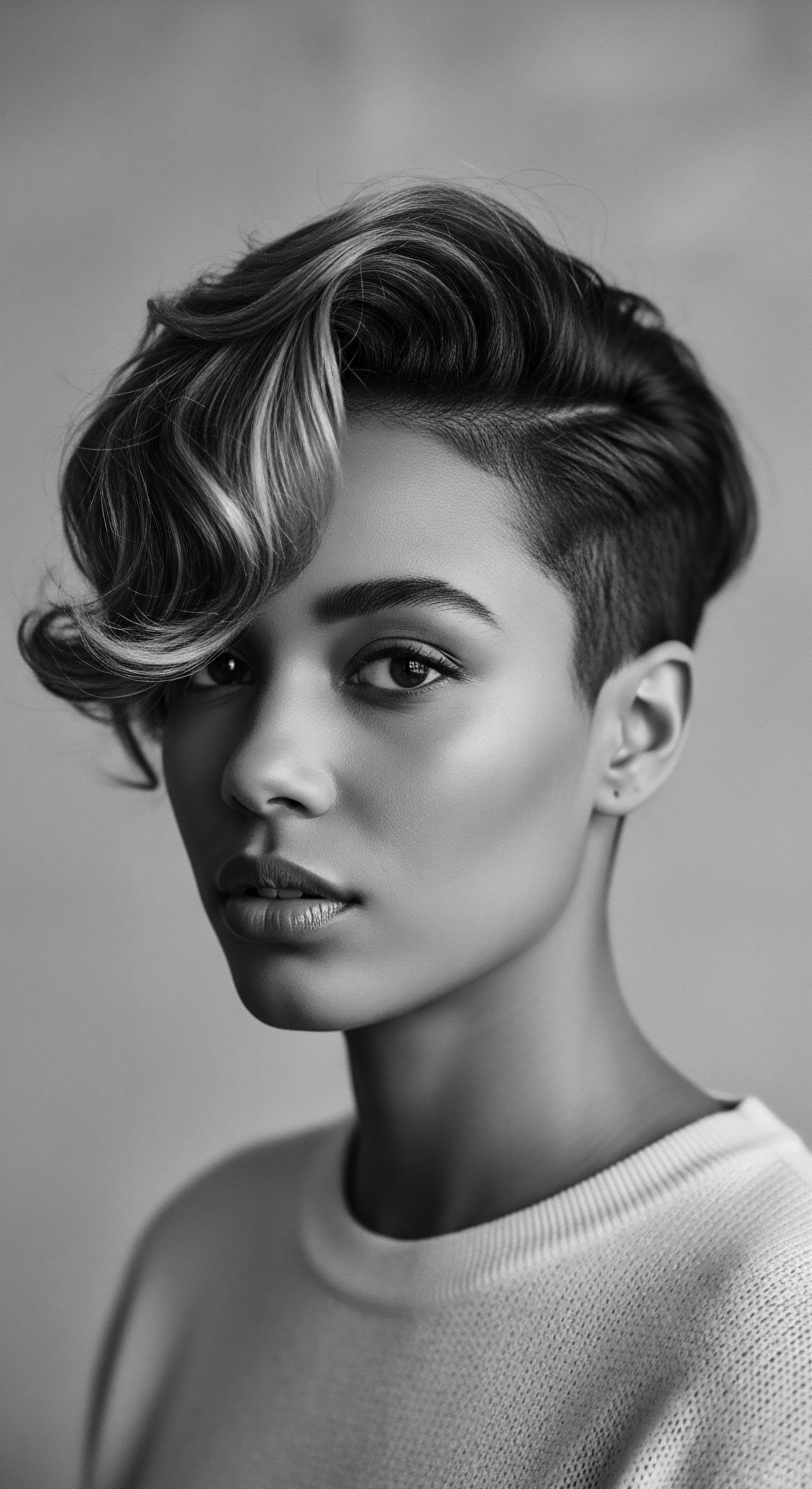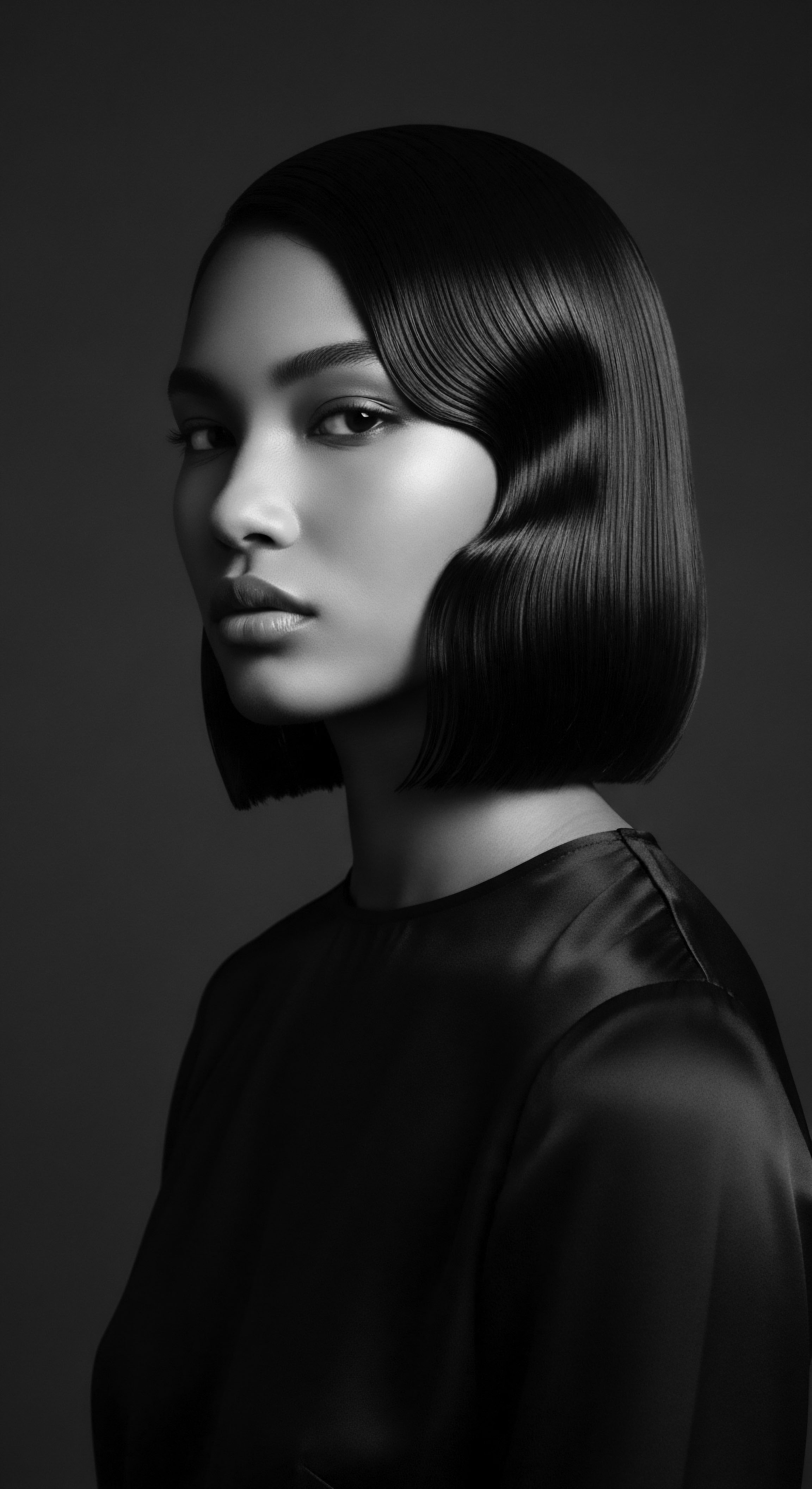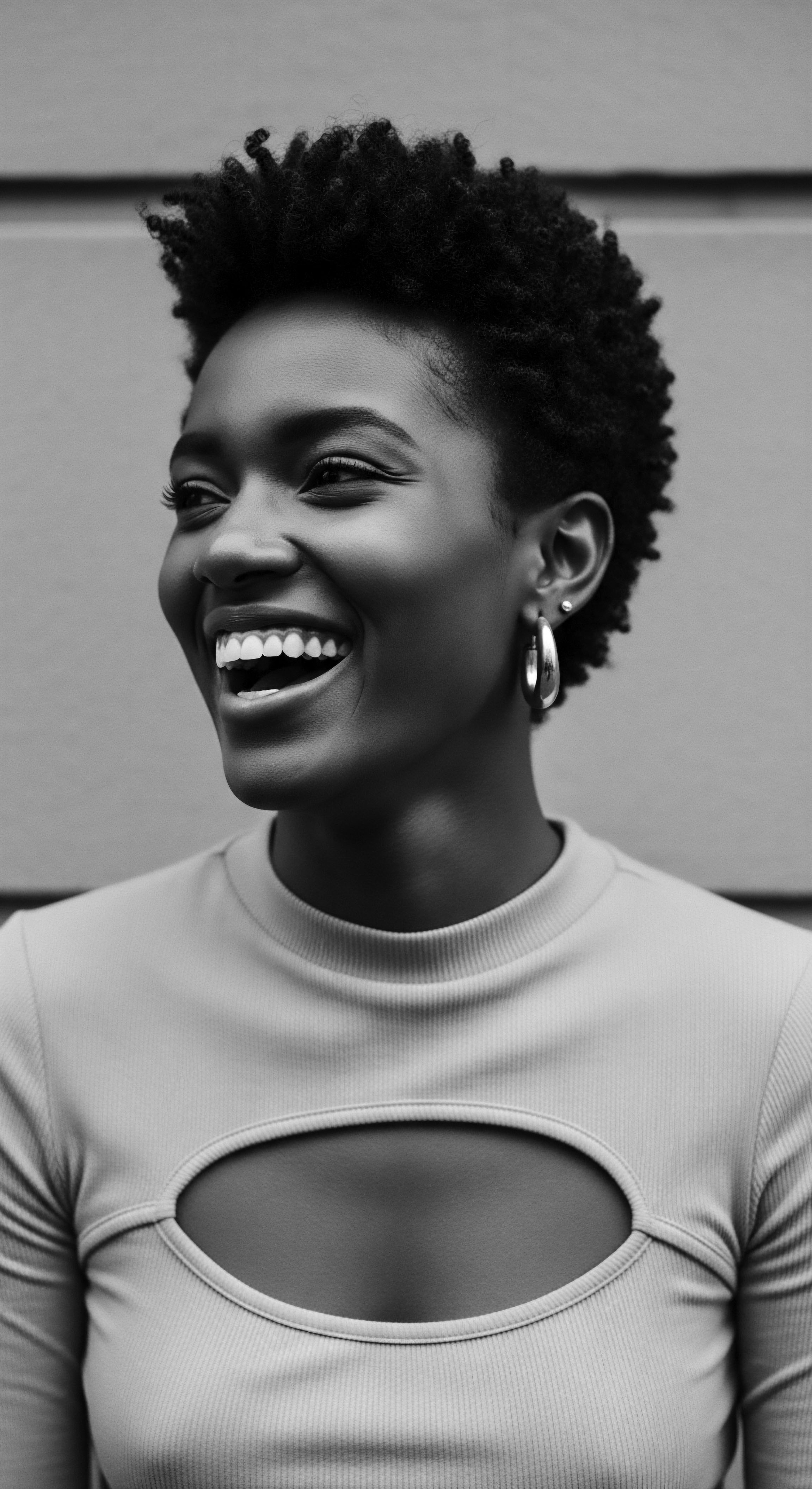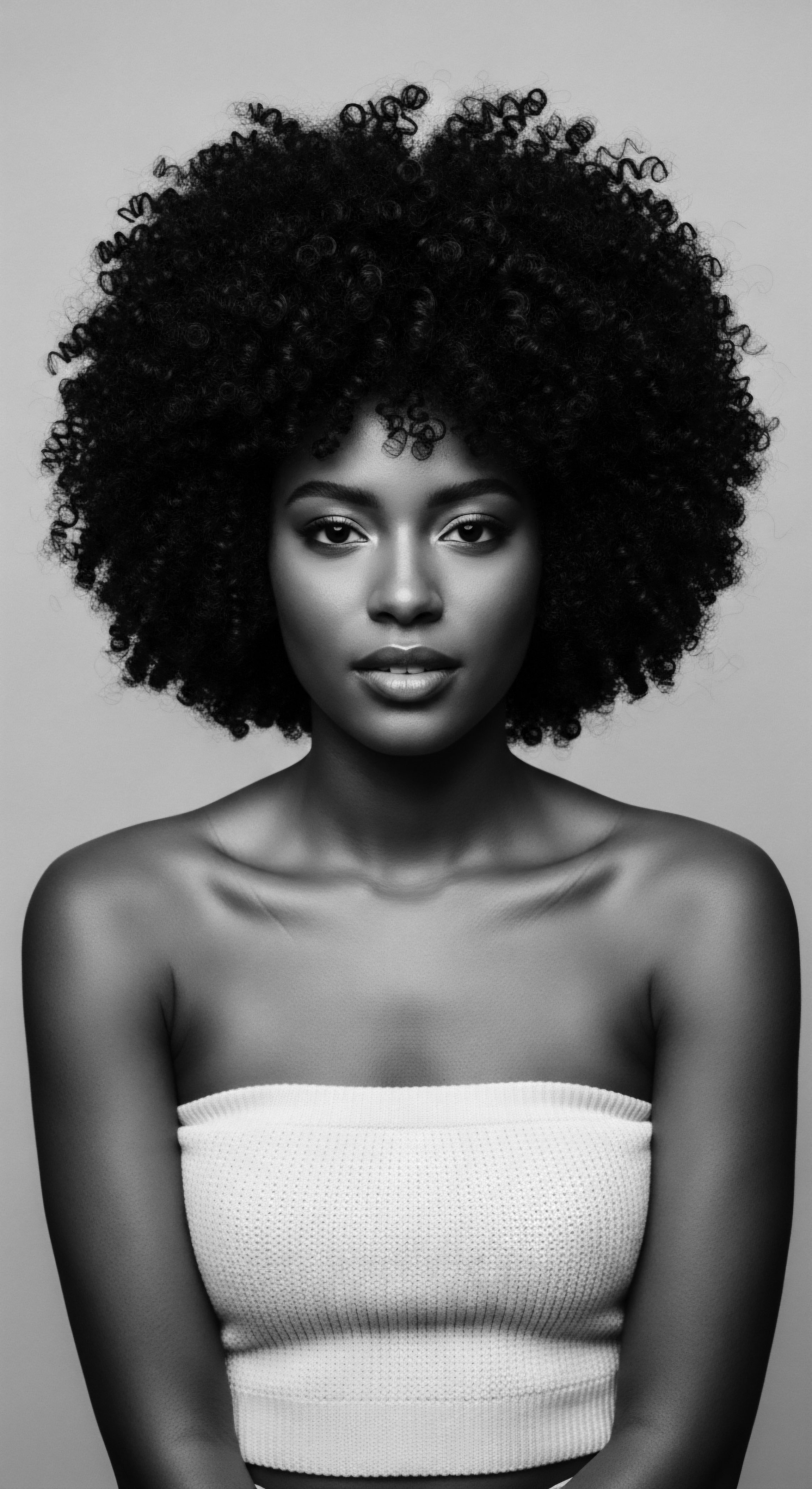
What traditional African ingredients support hair moisture?
Traditional African ingredients like shea butter and Chebe powder deeply moisturize textured hair, rooted in ancestral practices for resilience and pride.

How do oils affect hair moisture retention?
Oils preserve hair moisture by forming a protective layer, a practice rooted deeply in textured hair heritage.

What historical hair practices sustained textured hair in dry climates?
Ancestral practices sustained textured hair in dry climates through protective styles and natural emollients.

Why did ancestors use natural oils for textured hair?
Ancestors used natural oils for textured hair to provide essential moisture, protection, and cultural expression.

Can Rhassoul clay replace traditional shampoos for textured hair moisture?
Rhassoul clay offers a mineral-rich, gentle cleansing alternative that aligns with ancestral methods of preserving textured hair moisture.

What ancient oils moisturize textured hair?
Ancient oils like shea, argan, and castor deeply moisturize textured hair, rooted in ancestral practices for resilience and beauty.

Can baobab oil preserve textured hair’s historical meaning and physical qualities?
Baobab oil protects textured hair’s moisture, strength, and heritage by connecting modern care to ancestral wisdom and practices.

How do traditional practices enhance hair moisture for textured coils?
Traditional practices enhance coiled hair moisture by sealing the cuticle and protecting strands, a heritage of precise care.

Why does textured hair porosity require tailored oil care?
Textured hair porosity requires tailored oil care reflecting ancestral wisdom and biological structure for optimal health.

How does Cupuaçu butter benefit textured hair’s moisture?
Cupuaçu butter significantly benefits textured hair's moisture by attracting and sealing water, echoing ancestral practices that prioritize deep hydration for hair vitality.

Can plant butters deeply condition textured hair?
Plant butters profoundly condition textured hair by providing ancestral moisture and protection, honoring a legacy of care.

How do clays help textured hair stay hydrated?
Clays assist textured hair hydration by cleansing without stripping and forming a moisture-retaining coating, echoing ancestral practices.

Can shea butter help hair growth in textured strands?
Shea butter aids textured hair growth by nourishing the scalp and preventing breakage, a practice rooted in ancestral protection.

What are ancient textured hair moisture practices?
Ancient textured hair moisture practices centered on natural emollients and protective rituals, honoring the unique needs of coiled strands.

What scientific benefits of bonnets align with traditional textured hair care?
Bonnets provide a smooth, low-friction barrier that preserves textured hair's moisture and cuticle integrity, echoing traditional protective practices.

Why does textured hair require consistent hydration?
Textured hair requires consistent hydration due to its unique structure, which inhibits natural moisture distribution, a need understood by ancestral care.

How did ancient cultures protect textured hair from drying?
Ancient cultures protected textured hair from drying through natural oils, protective styles, and mindful holistic practices rooted in ancestral wisdom.

Can shea butter improve textured hair’s moisture retention?
Shea butter aids textured hair's moisture retention by sealing strands, a practice deeply rooted in West African ancestral care.

What specific fermented oils benefit textured hair moisture?
Specific fermented oils deeply nourish textured hair, amplifying ancestral moisture practices through molecular transformation.

What ancestral plant-based cleansing practices promote textured hair moisture?
Ancestral plant-based cleansing practices preserved textured hair moisture through gentle botanicals, a legacy of natural care.
